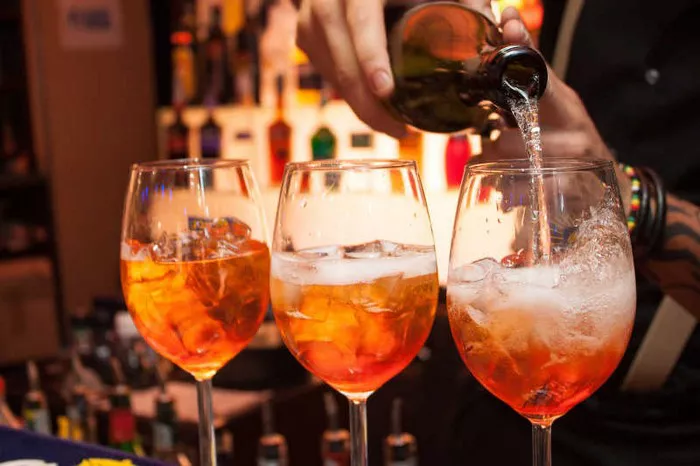Cranberry juice cocktails have long been a staple in the beverage industry, known for their tangy flavor and purported health benefits. However, amidst their popularity, concerns about their sugar content have arisen. In this article, we delve into the question on everyone’s mind: How much sugar is in a cranberry juice cocktail?
Understanding Cranberry Juice Cocktails: A Sweet Introduction
To comprehend the sugar content in cranberry juice cocktails, it’s essential to grasp their composition. Cranberry juice cocktails typically consist of a blend of cranberry juice, water, and additional sweeteners. The amount of sugar present varies depending on factors such as the brand, recipe, and any added sweetening agents.
Deciphering the Sugar Content: What Do the Numbers Say?
Analyzing the sugar content of cranberry juice cocktails reveals significant variations across different products. On average, an 8-ounce serving of commercially available cranberry juice cocktail contains approximately 30 grams of sugar. However, it’s crucial to note that this figure may vary, with some brands containing more or less sugar per serving.
Reading Between the Lines: Understanding Labeling Practices
When assessing the sugar content of cranberry juice cocktails, consumers often rely on product labels for guidance. Manufacturers are typically required to disclose the amount of sugar per serving on these labels. However, it’s essential to scrutinize these labels carefully, as they may not always provide a complete picture.
Unveiling Hidden Sugars: The Role of Added Sweeteners
While the sugar content listed on product labels primarily accounts for naturally occurring sugars in cranberry juice, it’s essential to consider the impact of added sweeteners. Many cranberry juice cocktails contain additional sweetening agents such as high-fructose corn syrup or cane sugar, which can significantly elevate their sugar content.
Navigating Health Implications: The Impact of Excessive Sugar Consumption
Consuming excessive amounts of sugar, whether from cranberry juice cocktails or other sources, can have adverse effects on health. High sugar intake has been linked to various health conditions, including obesity, type 2 diabetes, and heart disease. Therefore, it’s crucial for consumers to be mindful of their sugar consumption and make informed choices about their beverage options.
Making Informed Choices: Strategies for Reducing Sugar Intake
For individuals looking to reduce their sugar intake while still enjoying the refreshing taste of cranberry juice cocktails, several strategies can be employed. Opting for low-sugar or sugar-free varieties, diluting cranberry juice with water or seltzer, or making homemade versions using fresh cranberries are all viable options for mitigating sugar content.
Exploring Alternatives: Healthier Beverage Options
In addition to cranberry juice cocktails, several alternative beverage options offer refreshing flavors with lower sugar content. Unsweetened cranberry juice, herbal teas, infused water, and sparkling water with a splash of cranberry juice are all excellent choices for individuals seeking to limit their sugar intake without sacrificing taste.
The Bottom Line: Balancing Taste and Health
While cranberry juice cocktails undoubtedly provide a flavorful beverage option, their sugar content warrants careful consideration. By understanding the factors influencing sugar content, reading product labels critically, and exploring healthier alternatives, consumers can make informed choices that prioritize both taste and health.
Conclusion: Sipping Smarter with Cranberry Juice Cocktails
In conclusion, the question “How much sugar is in a cranberry juice cocktail?” prompts a nuanced exploration of beverage composition, labeling practices, and health implications. By arming themselves with knowledge and adopting mindful consumption habits, individuals can enjoy cranberry juice cocktails responsibly, savoring their taste while safeguarding their health.


